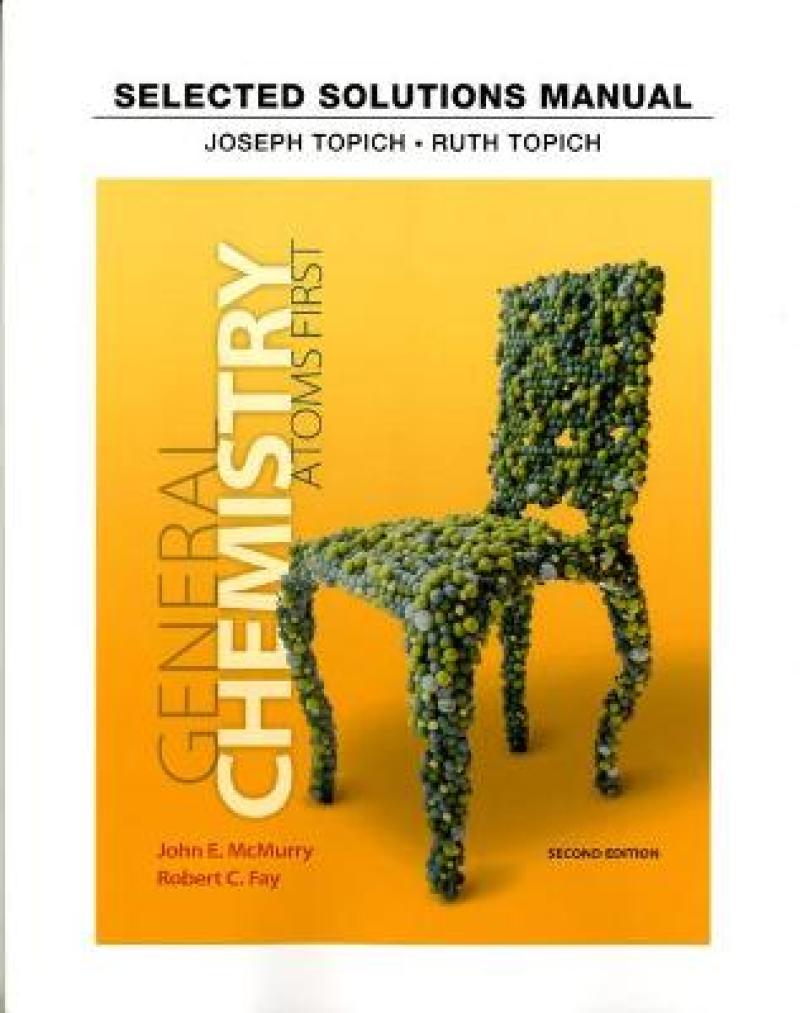Atoms-First Organization: This approach makes it possible to tell a cohesive story about chemistry that follows an intuitive logic in progressing from the simplest building blocks to successively more complex concepts.Chapters 0-2 start at the logical beginning of the chemical story by discussing atoms–their history, stability, electronic structure, and consequent periodicity.Ion formation and ionic bonding are discussed in Chapter 3, followed by covalent bonding and the structures of molecules in Chapter 4 and Chapter 5.Stoichiometric mass relationships are introduced in Chapters 6. After the foundation has been set in Chapters 1-6, Chapter 7 follows with chemical reactions in aqueous solutionA brief introduction of nuclear chemistry in Chapter 2 is a unique feature that provides students with an early understanding of relevant applications of the atom. Chapter 22 provides complete coverage of Nuclear Chemistry.Periodicity is a major theme incorporated throughout the text to help students better predict and understand chemical properties and their reactions. Problem Solving and Conceptualization: Numerous example types are incorporated throughout the text to help build students problem-solving skills and their conceptual understanding of chemistry. Worked Examples provide a consistent problem-solving strategy using the Strategy — Solution layout typically followed by two to three problems for students to practice.Worked Concept Examples emphasize the conceptual nature of problem solving in chemistry and often incorporate molecular illustrations. Many Worked Examples are followed by Worked Concept Examples. Concept Problems are non-numerical problems that test the understanding of principles rather than the ability to put numbers into a formula.Ballpark Checks follow many of the worked examples to reinforce students’ conceptual understanding of the concept they have just expressed numerically in the worked example Design and Illustration Program: McMurry/Fay’s design uniquely integrates explanatory narrative with key principles by connecting words, numbers, and graphics together.Streamlined illustrations — Illustrations are seamlessly woven into the narrative and in many places figure captions are integrated into the figure itself. The effect is to make the text flow naturally with the figures and thereby entice students to spend more time understanding those figures.Brief margin notes under the heading "Remember..." whose purpose is to jog a reader's memory about important topics from previous chapters that help in understanding the new topic. NEW “Looking Ahead…” reinforces the logical flow of the atoms-first approach to help link concepts more logically together,Chemical concepts are presented with quantitative examples to help students make the connection between chemical reasoning and math. MasteringChemistry® The Mastering platform is the most effective and widely used online homework, tutorial, and assessment system for the sciences. It delivers self-paced tutorials that focus on your course objectives, provide individualized coaching, and respond to each student’s progress. The Mastering system helps instructors maximize class time with easy-to-assign, customizable, and automatically graded assessments that motivate students to learn outside of class and arrive prepared for lecture or lab.
Les mer
